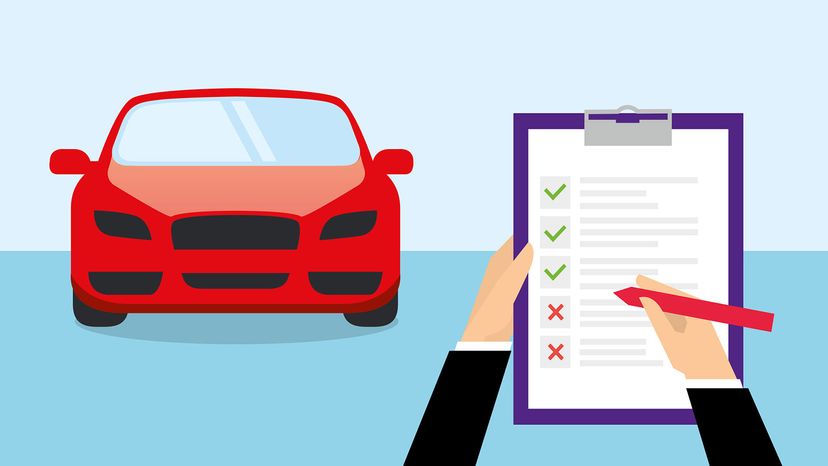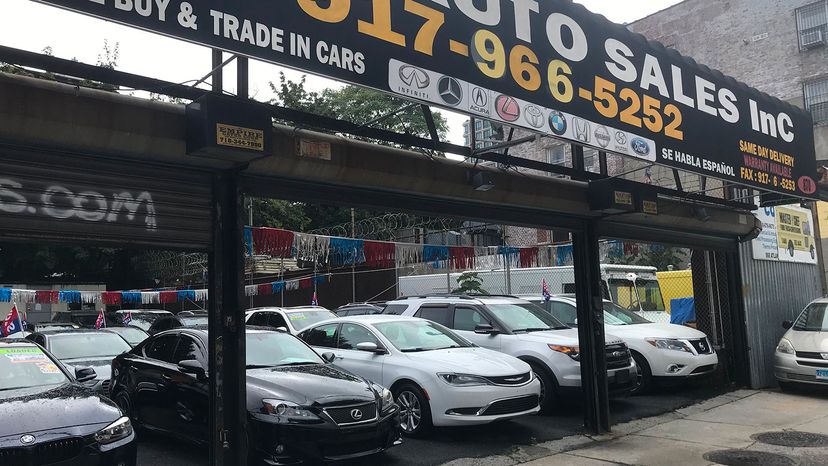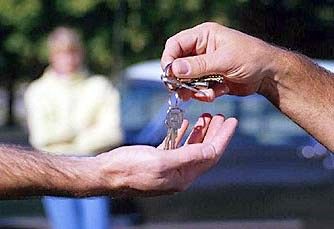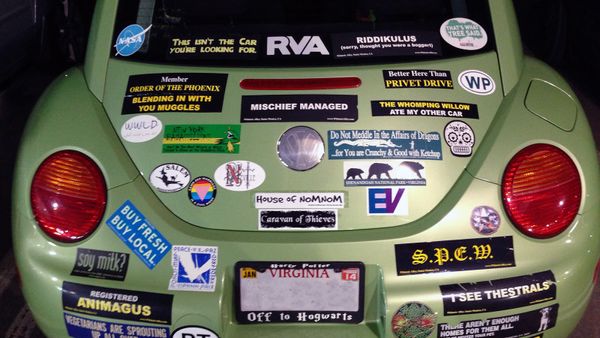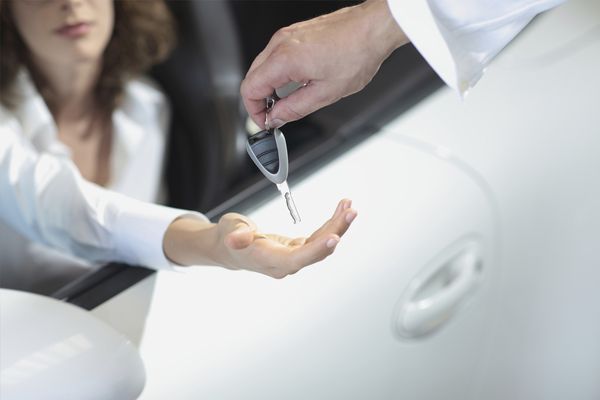For even more in-depth history analysis, David Paris notes that it helps to have an expert mechanic around. "They have equipment that can help identify issues as well as years of experience in and around various makes and models. They will likely have the computer that can check the vehicles modules for mileage discrepancies or previous air bag deployment as well as access to lifts to examine the underside in greater detail," he says.
Putting the car up in the air will allow a much better view for scuffs, dents, corrosion or missing trim pieces along the undercarriage. Many garages will provide pre-purchase inspections for around $200. Not exactly cheap, but it beats buying a car with unknown issues. "Some repairs can be undetectable to the untrained eye; that's why it's so important to get an expert's opinion," he says. Most used car sellers will allow you to take the car away to be inspected or to bring a mechanic along to the seller's home or business. If they won't agree to an inspection, that is another red flag.
Overall, just because a car was in an accident and repaired, doesn't mean you shouldn't buy it, provided the damage was reported through the correct channels, and it was fixed to the manufacturer's specifications. Damage and repairs that go unrecorded should raise more suspicion, especially when they appear alongside other signs of neglect. As a general rule, an obvious repair is a low-quality repair, and high-quality work will be nearly invisible.
"Seek your trusted mechanic's opinion. Lots of incidents are very minor, it could be something as simple as a scratch down the side of the vehicle that has been touched up," Paris says. "From a valuation standpoint, if a deal seems too good to be true, it might just be. In today's climate, used vehicles are in short order, and nice examples are selling for a premium versus prior years. There is more demand than supply in the used market, so be sure to have a trained set of eyes look at the vehicle before making a decision."
